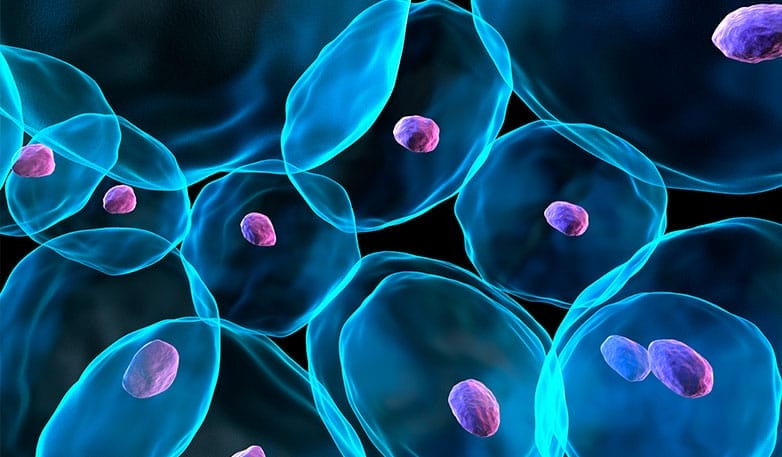Sub-surface optical imaging techniques
2015 has been designated the International Year of Light by UNESCO. The UN hopes to raise awareness of the beneficial impact that light-based technology advances are having in our daily lives and how, by using light, we can address many of the major challenges across energy, education, agriculture, and health.

Health is a particularly interesting area as technological advances in light technology are continually pushing forward boundaries of the medical sector in fields such as imaging, surgery, and diagnostics.
Advancements in sub-surface optical imaging of the body are beginning to bear commercial fruit. Several NIR blood vessel imaging systems are currently available on the market, helping clinicians to locate veins for applications ranging from drawing blood to inserting an IV. More advanced technologies in this area are also making headway, with confocal microscopy, hyperspectral imaging, and structured illumination all showing promising developments. More experimental technologies also exist, such as ballistic photon imaging – but these are some way from becoming a widely used clinical option outside of the research lab.
A potential application of structured light in medical applications is to image subcutaneously
Structured illumination has been making headway outside of medical imaging for some time (since around 2000), in areas such as 3D reconstruction / scanning, underwater imaging, super-resolution microscopy and specular/diffuse optical analysis. Consumer devices on market and near to market, such as some versions of the Xbox Kinect and Google’s project Tango, already make use of structured illumination to build up a 3D ‘image’ of the scenario in front of them. Medical applications of structured illumination have mainly found traction by using the method to differentiate reflection mechanisms and diffusion dependencies on illumination.
The advantages posed by this technique are apparent in situations where light is scattered diffusely and specularly, either by the object of interest or by the medium it resides within. By varying the spatial intensity of light in a known pattern, one can analyze how the resulting image in dark and light regions varies as a function of illumination. In the sub surface analysis case, doing this builds up mapping of the light which has ‘bounced’ directly off the surface and the light which has taken a more tortuous path through the substance. In terms of light diffusion, by changing the sizes of the dark and bright fringes of a barcode-like structure, it changes the effective depth to which the illumination penetrates. One can thus construct an image from light which has emanated from beneath the surface, giving a discernible depth greater than would be possible with simple planar illumination.
A potential application of structured light in medical applications is to image subcutaneously – this avenue of interest has been pursued by several research groups previously, one of the first being researchers at the University of California.
This technique has been labeled as spatial frequency domain imaging (SFDI). It enables enhanced optical imaging modalities due to the spatially modulated intensity map which, as described above, enhances the sub-surface capability of optical imaging.
One such recent commercialisation push of this technology is a new type of endoscope, which is planned for completion this year and is being developed by groups at the University of Buffalo. Allowing surgeons to both images and treat deep tissue cancers at the same time, the new endoscope claims to use SFDI to improve endoscopic imaging, combined with a new drug delivery method of encapsulated ingredients that are released when hit with a burst of light, making cancer treatment much more precise. A modified projector modulates the beam, and the light reflected back from the sample is collected by a CCD (charge-coupled device).
The main technical challenges with structured illumination are producing an illumination source with sufficient spatial resolution and controllability together with the complexity of the algorithms required to deconvolve the sub-surface information. Two popular approaches to achieving illumination are digital micro-mirror devices (DMDs) and lasers, both of which have benefits and drawbacks. A very interesting possible fusion that we expect to see over the next few years is the combination of hyperspectral imaging and structured illumination to gather even greater information regarding depth characteristics of tissue.
James Frake,
Sagentia

